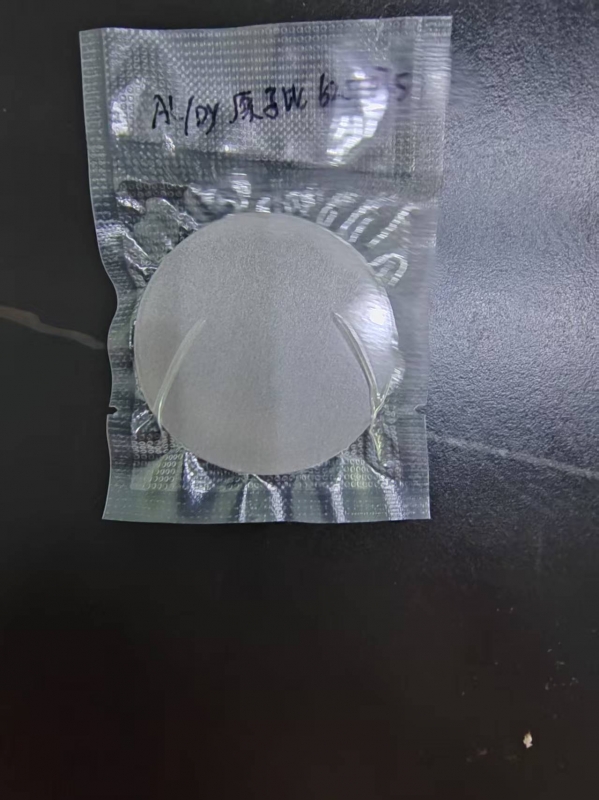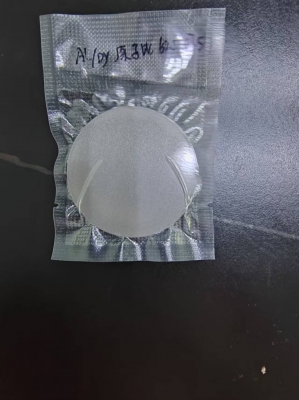Aluminum Dysprosium alloy has great characteristics as below.
High strength and heat resistance
Dysprosium, as a rare earth element, can form fine intermetallic compounds (such as Al₃Dy) in the aluminum matrix. These compounds can effectively hinder the growth of aluminum grains and dislocation movement (i.e., the "dispersion strengthening" mechanism), significantly improving the room temperature and high temperature strength of the alloy.
Compared with pure aluminum or ordinary aluminum alloys (such as 6 series and 7 series), aluminum-dysprosium alloys can still maintain high mechanical properties in medium and high temperature environments of 150-300℃, and have better creep resistance (ability to resist deformation at high temperatures).
Good casting and processing properties
Aluminum itself has excellent fluidity and castability. After adding an appropriate amount of dysprosium (usually low content, generally 0.1%-5%), it will not significantly deteriorate its casting properties, and can still be formed by processes such as die casting and sand casting.
After heat treatment (such as aging treatment), the alloy can further optimize the structure, balance strength and plasticity, and meet the needs of subsequent machining (cutting, stamping, etc.). Excellent corrosion resistance
A dense oxide film (Al₂O₃) is easily formed on the surface of aluminum, which has a certain degree of corrosion resistance. The addition of dysprosium can refine the structure of the oxide film and reduce the tendency of intergranular corrosion, especially in humid and acidic environments.
Special magnetic and electrical properties
Dysprosium is a strong magnetic rare earth element. Aluminum-dysprosium alloys can exhibit weak magnetism under certain compositions (such as high dysprosium content), but its magnetism is much lower than that of permanent magnetic materials such as neodymium iron boron, and is more used in scenarios that require "weak magnetic control".
The electrical and thermal conductivity of the alloy is slightly lower than that of pure aluminum, but better than most high-strength aluminum alloys, and is suitable for applications that take into account both mechanical properties and conductivity.



 Send Email
Send Email Xin-k8l78
Xin-k8l78